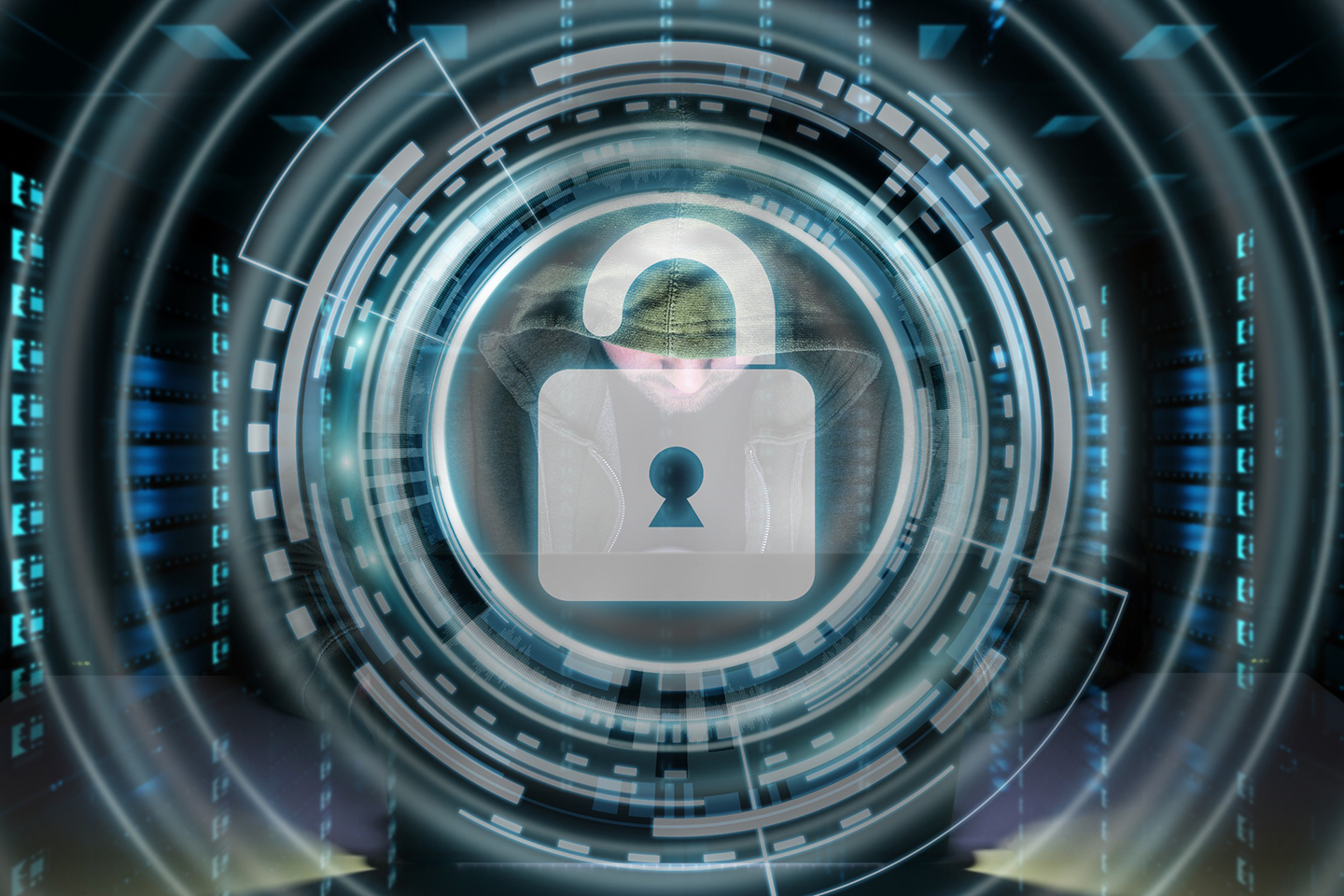Cybersecurity is growing in importance every day. Running your business in a technology-driven world is extremely practical. You have access to free and low-cost tools that reduce the workload for your most time-sensitive projects, self-regulating software for monitoring and analytics, and you can always rely on tech to safely store data away from prying eyes. The double-edged sword of tech has also enabled hackers to discover smarter, simpler methods to penetrate your most basic security strategies. In response, you cannot always arm yourself with more tech, because it’s often people that are the culprits for weak security practices.
Combine both, and you’ll have a stronger strategy on your hands. Keep an open mind, and that strategy will always be able to meet the changes of the digital world and stay a few steps ahead of the malicious hackers out there. With that in mind, your cybersecurity remains a top priority, and the following tactics should be included in your security plan to ensure your business is taken care of.
Password security front and center
In every aspect of business communication , be it internal or external, there will need to be an increased focus on cybersecurity. That means that every employee working with you needs to understand their role in the process, and using their different app and software accounts to communicate with clients and partners requires a stronger sense for security.
All of that starts with one simple, but powerful behavior: setting strong passwords. Instead of your traditional baby names, birthdays, and pet names, you should teach your employees to use password managers and always generate and store strong, secure passwords to eliminate that particular gap in your cybersecurity plan.
Employee education is a must
Each team member in your organization has the responsibility to keep their computers up to date and their data safely stored. Now that you’ve helped them understand what it means to use their passwords more wisely, they should also get a seminar on other security precautions they can take on their own. Other than that, you always need at least one cybersecurity expert in your IT department to handle the most important updates and patches.
To do that, you should provide the best cybersecurity courses available to help them improve their skills and knowledge depending on the latest trends in the industry. This is certainly not a stagnant industry, and your employees need to have the desire to learn and advance and master new skills and techniques to keep your business constantly protected.
Limit access to sensitive data
In smaller companies, it’s practically normal for everyone to be able to access all client information and all the necessary files. Everything is stored in one, convenient place, and the internal trust levels are just through the roof. The trust part of the equation doesn’t need to change, but you can showcase that trust in different ways. Introduce limited access to sensitive data and files for specific staff members who actually need to use them.
Create different levels of authorization for each sector in your business. When you have visitors, this will help prevent any security issues even if those visitors have no intention of accessing your sensitive data. Also, when you hire new employees, you’ll be able to grant them access to those files gradually, as they go through training and education and you make sure that they know how to handle security well.
Update your software regularly
Do you feel a slight “cringe” when you receive yet another notification that there’s an available update for one of your many, many applications? Then you’re not alone, as many businesses have a tendency to postpone such simple matters until it’s too late. Skipping these updates and additional security patches available for all the apps and software solutions you use means that you jeopardize your security and leave a “weak link” for a hacker to tear down your defenses.
No matter if you’re a large-scale corporation or a small local business, you need to put a greater emphasis on software updates. Have a dedicated IT expert handle these processes to make sure all the features are correctly installed, and that each device is fully protected. Much like you want to make sure that your employees are using the most advanced tech tools at their disposal, you should focus on their equally cutting-edge software counterparts to ensure optimal security.
Practice data encryption
Simply put, encryption is the process of “translating” sensitive information into a code, one that can only be understood by the person for whom the message was originally intended. Even if someone managed to intercept the email, they’d be left unable to understand the content properly. This is a simple, yet perfectly safe way to exchange information, especially of sensitive nature, without letting it get into the wrong hands.
In addition to data, your business can encrypt entire devices and disks containing that information, so you can create an overarching encryption strategy. That way, even if someone somehow gets access to one of your computers, they cannot get a hold of your sensitive information stored on it. If you use a particular security program on your devices, you should look into those third-party encryption capabilities, since many of them offer it as a stand-alone service.
Of course, cybersecurity cannot be dwindled down to a handful of tactics. It’s more of a mindset and culture that you establish in your organization, one dependent on a variety of options and creative solutions to guide you. With an open mind, you’ll be able to upgrade your cybersecurity methods to stay ahead of the game and always protect your assets with the right preventative measures.
Authored by guest contributor Jolene Rutheford, who is a marketing specialist - turned blogger, currently writing for technivorz.com.

